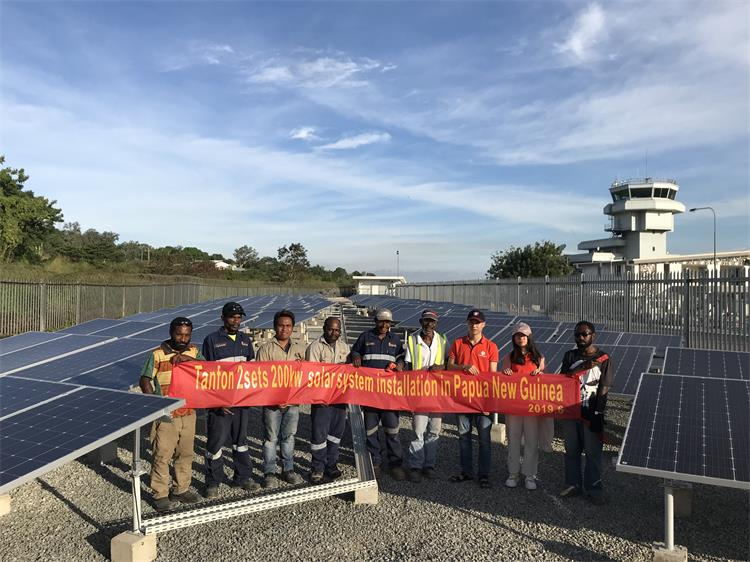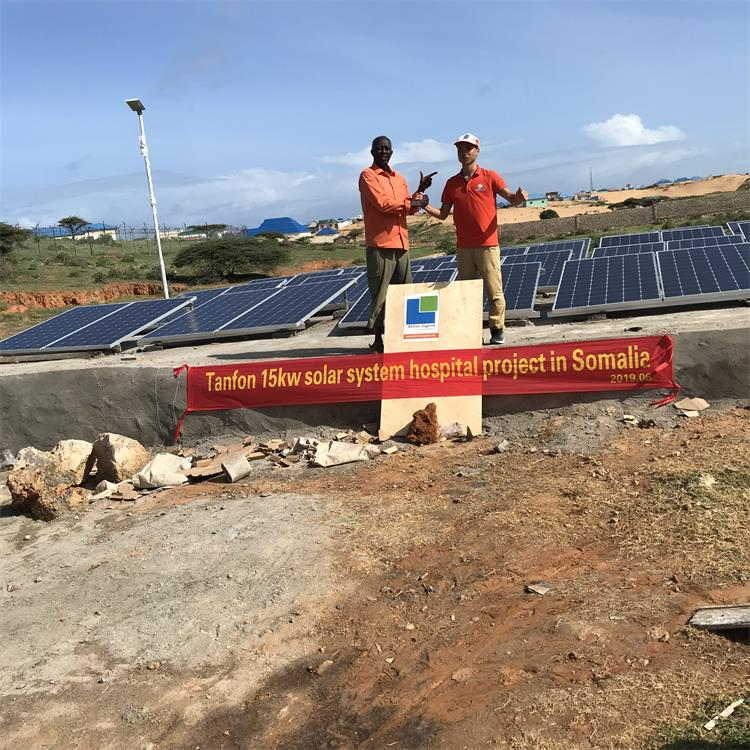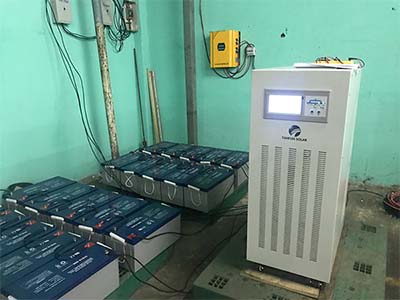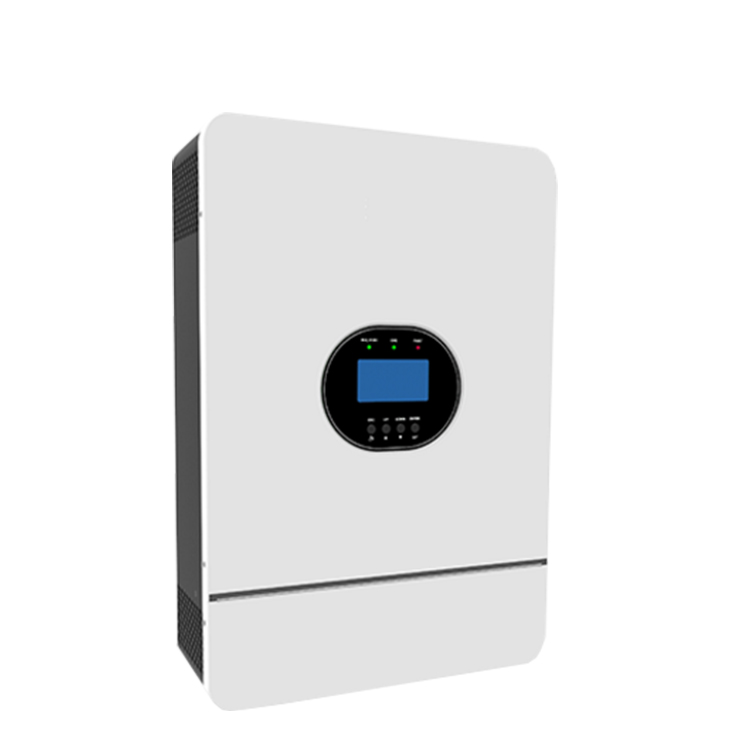 TANFON SOLAR
TANFON SOLAR
 May 27,2019
May 27,2019
If you've spent any time researching solar energy, by now you've heard of a solar inverter.
The off grid solar inverter just like solar power system's brain. It manages your power flow, controlling two kinds of power.
DC power is the kind stored in batteries. It's also the kind produced by solar panels.
But you can't use DC power (directly) to power anything in your home. That's where your solar inverter comes in.
Everything in your home uses AC-or alternating current-power. And a solar inverter takes DC power from your panels (or from batteries) and turns it into AC so it can be used for your fridge, lights, TV, and other household appliances.
How is an off grid solar inverter different from a grid-tied inverter?
A grid-tied inverter takes DC power from solar panels, turns it into AC, and sends it into the grid.
Grid-tied inverters are easier to connect since there are usually only two main components-the inverter and solar panels.
But an off grid solar inverter needs a battery bank to function.
Here's how it works: your solar panels feed DC power into the batteries. Then your inverter takes that power and 'inverts' it, creating AC power for your home. This works essentially like a mini power grid.
How to pick the best off grid solar inverter
Think about size
The first thing to think about is how much power you need.
Add up the wattage of all your lights and appliances to calculate the number of watts you'd need if everything was used all at once.
Consider pure sine wave instead
You may hear some manufactures talk about pure sine wave inverters. You don't need to understand exactly how these work-it's enough to know that the power that's put out by a pure sine wave inverter is 'cleaner' than what you'd get from a modified sine wave inverter.
Pure sine wave inverters deliver higher quality power output, similar to (or better than) our power grid.
Some technical specs to consider:
- Efficiency.
This is a measure of how much power from the batteries your inverter delivers to your home when it's operating in perfect conditions. A good peak efficiency rating is around 94% to 96%.
- Surge capacity.
How much short-term overload can the inverter handle before it 'trips?' Some appliances, like pumps or fridges, need as much as 2x–3x their running power to start up.
- Battery charger output.
Many off grid solar inverters include a battery charger, which is used to recharge your batteries during the winter months with a backup generator. The battery charger will have a rating, usually measured in amps. Most decent off grid inverters will have a battery charger in the range of 50-100 amps DC.
- Temperature range.
Inverters are sensitive to extreme heat. Pay careful attention to the temperature range if you plan on installing your system in your garage or anywhere it could be exposed to temperature extremes.
- Warranty.
Warranties start at 1 year and typically range from 3-5 years












